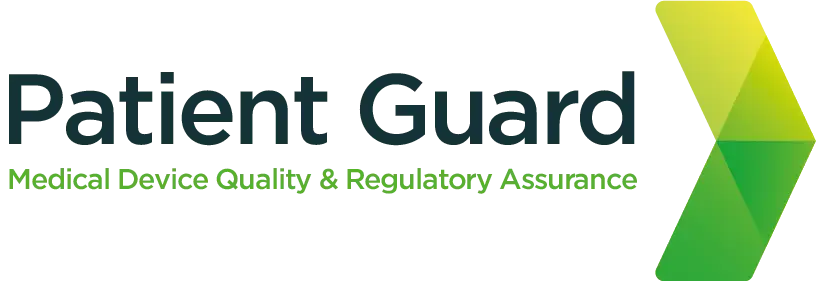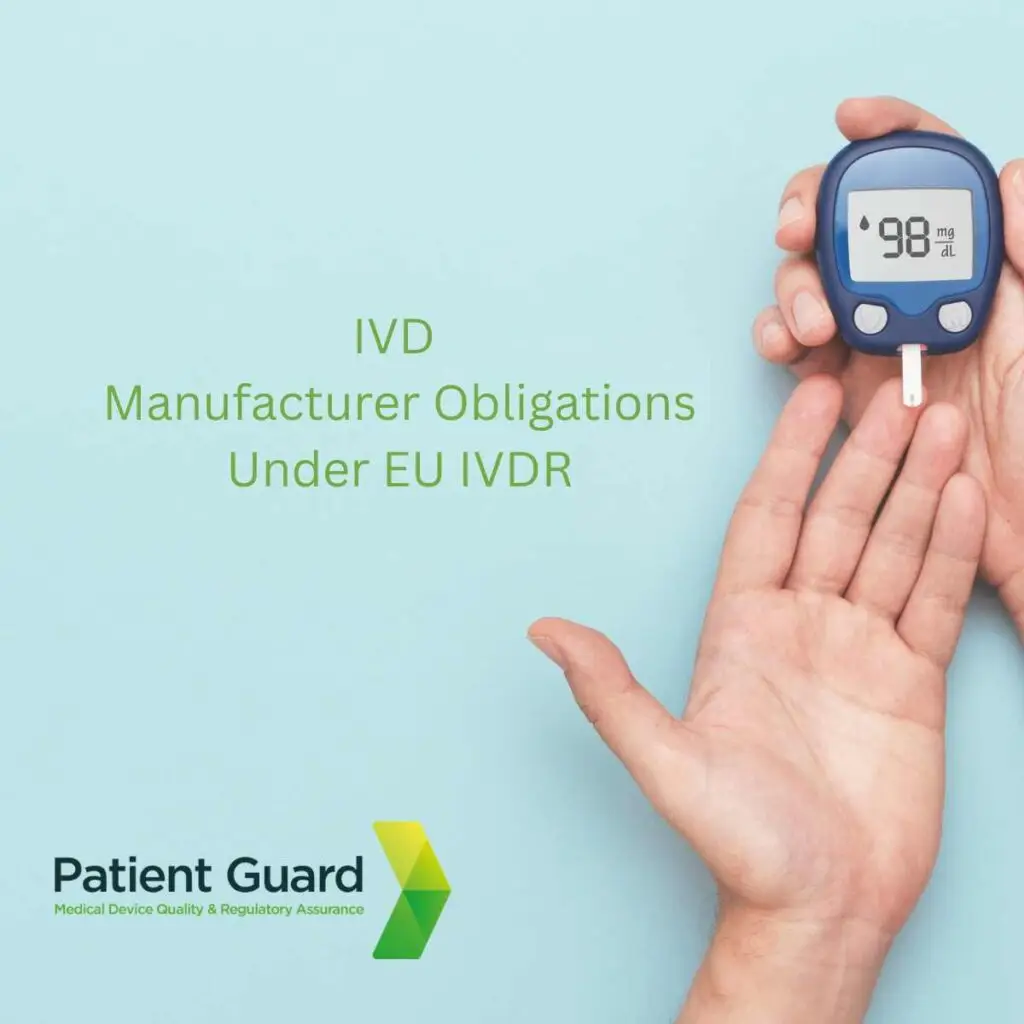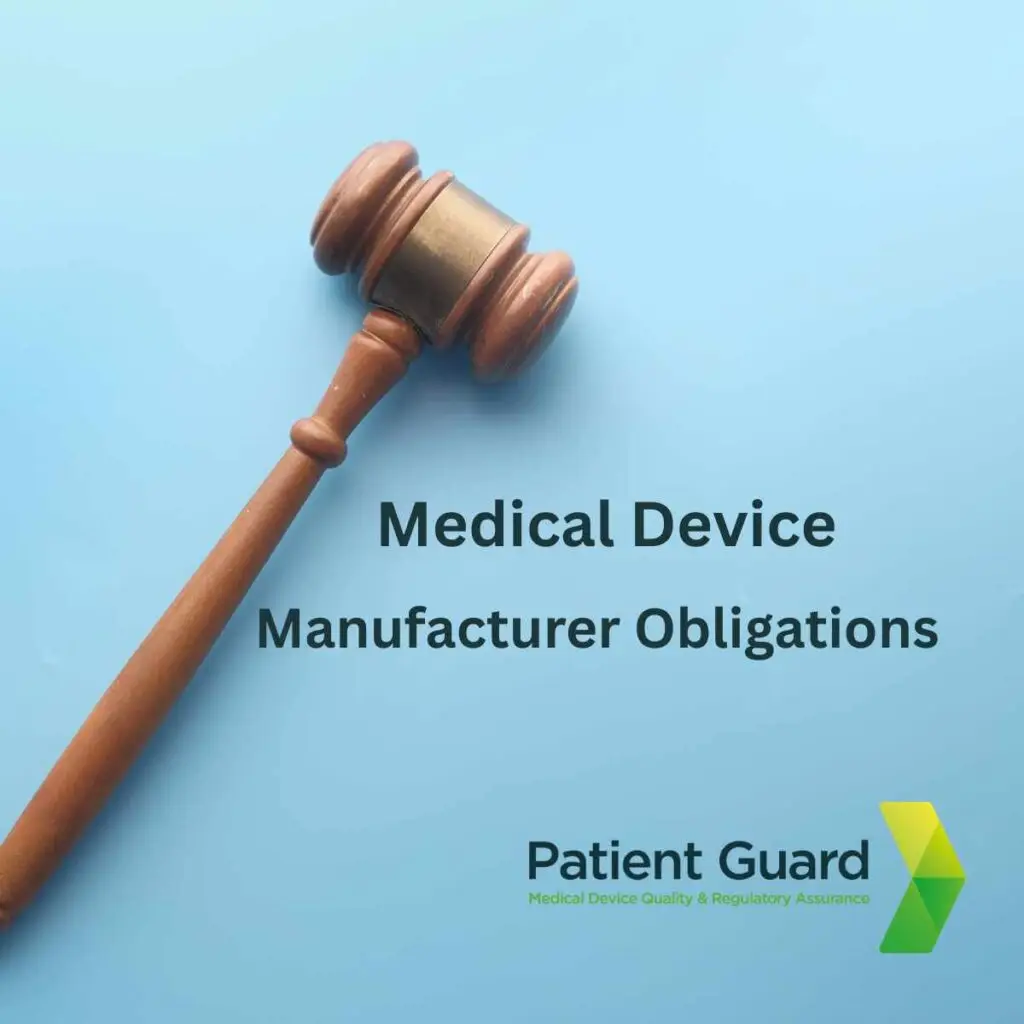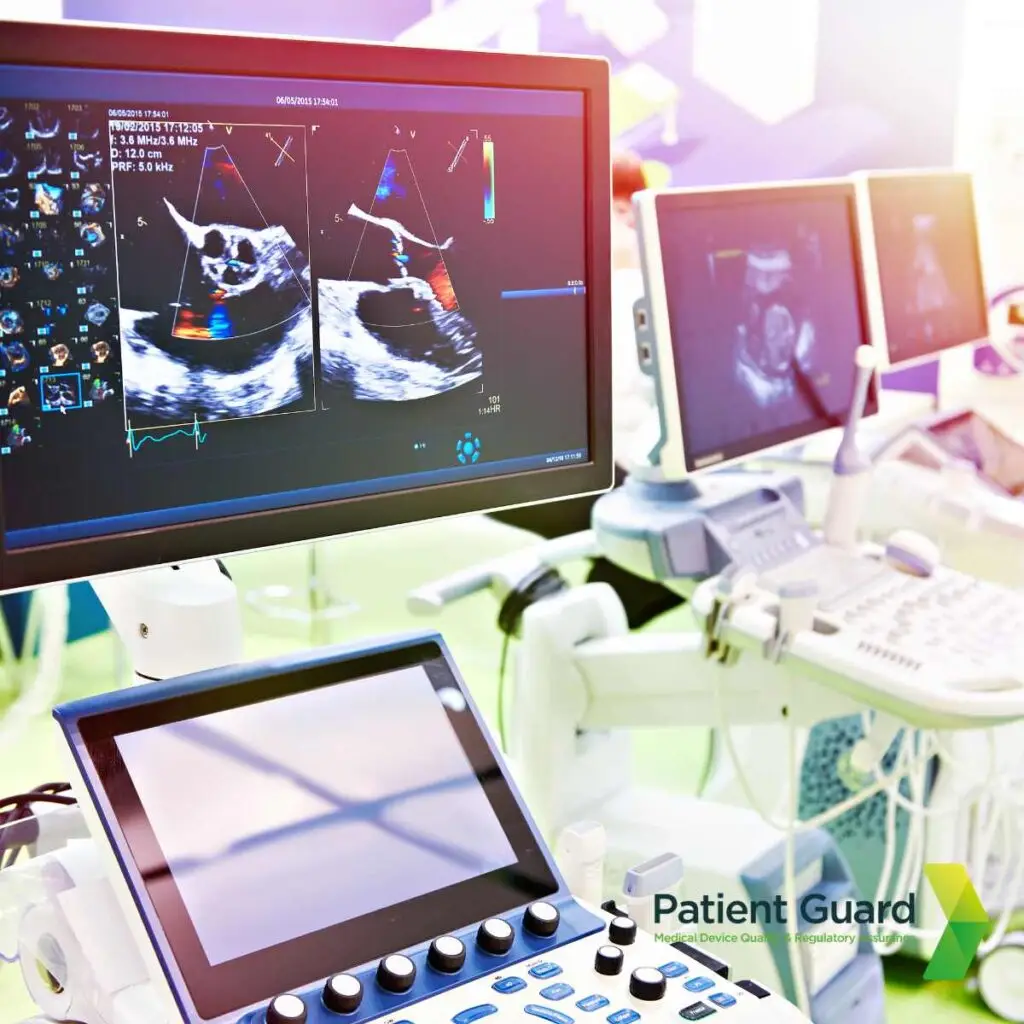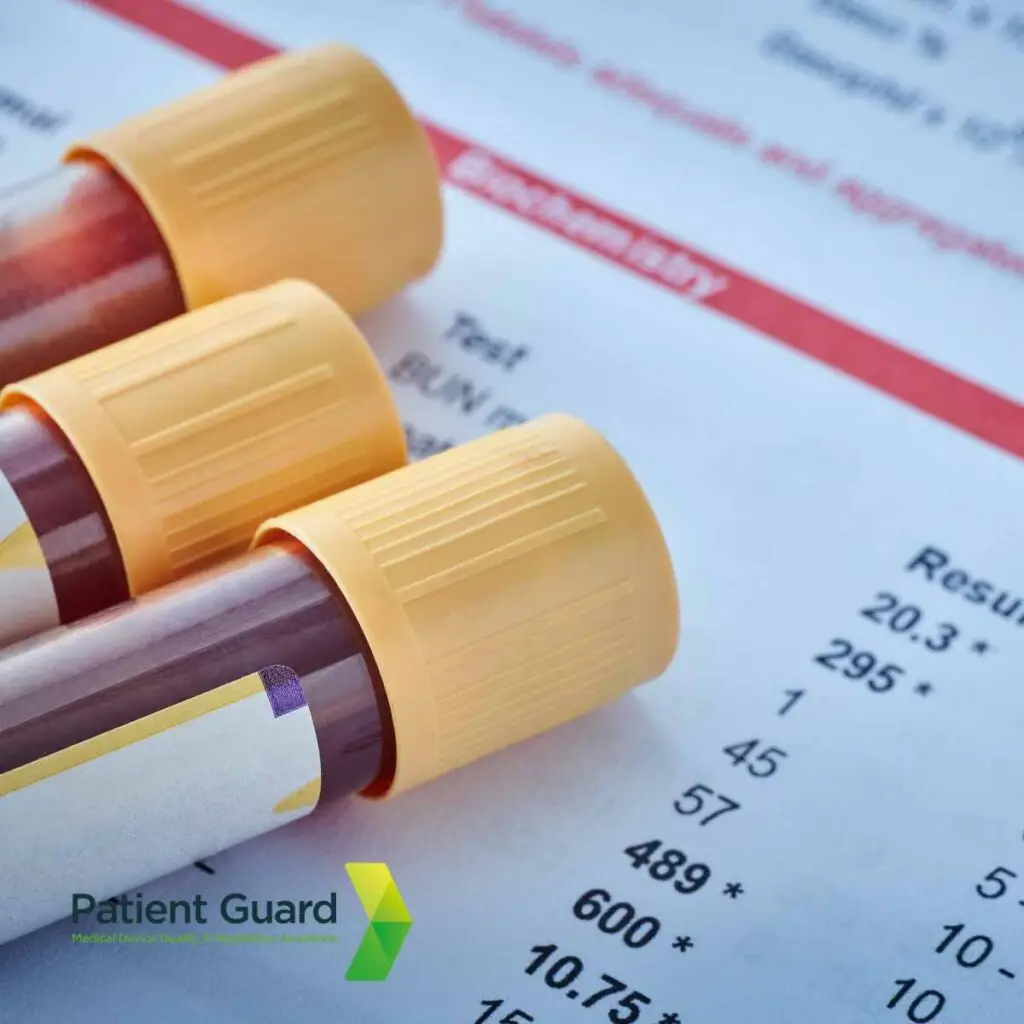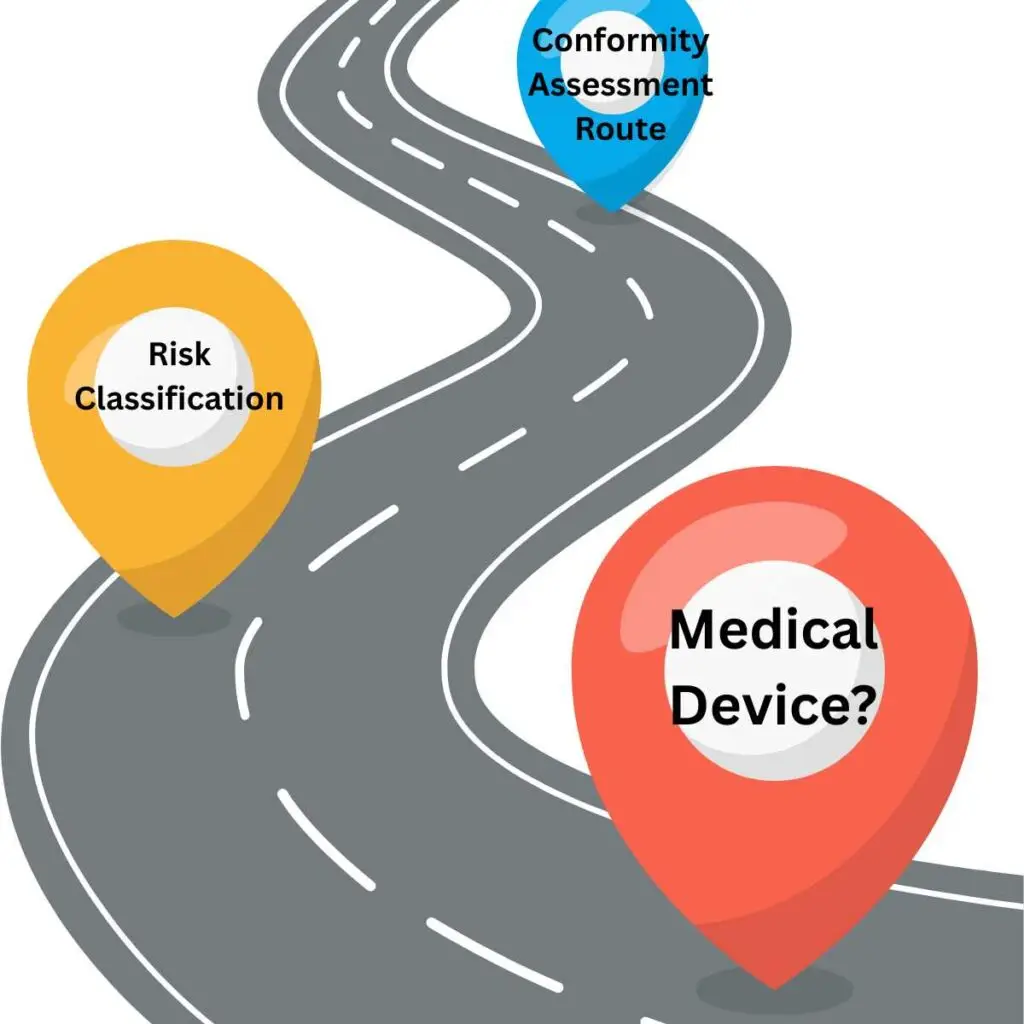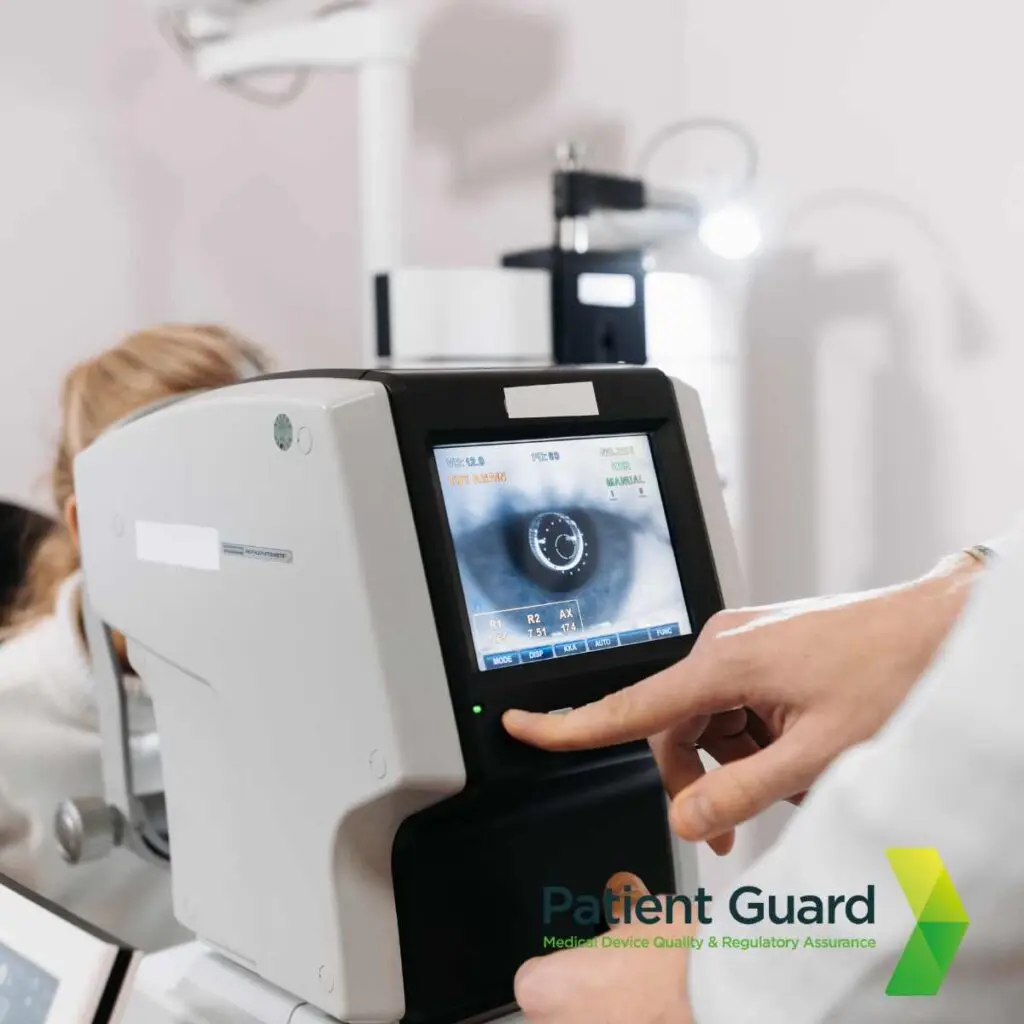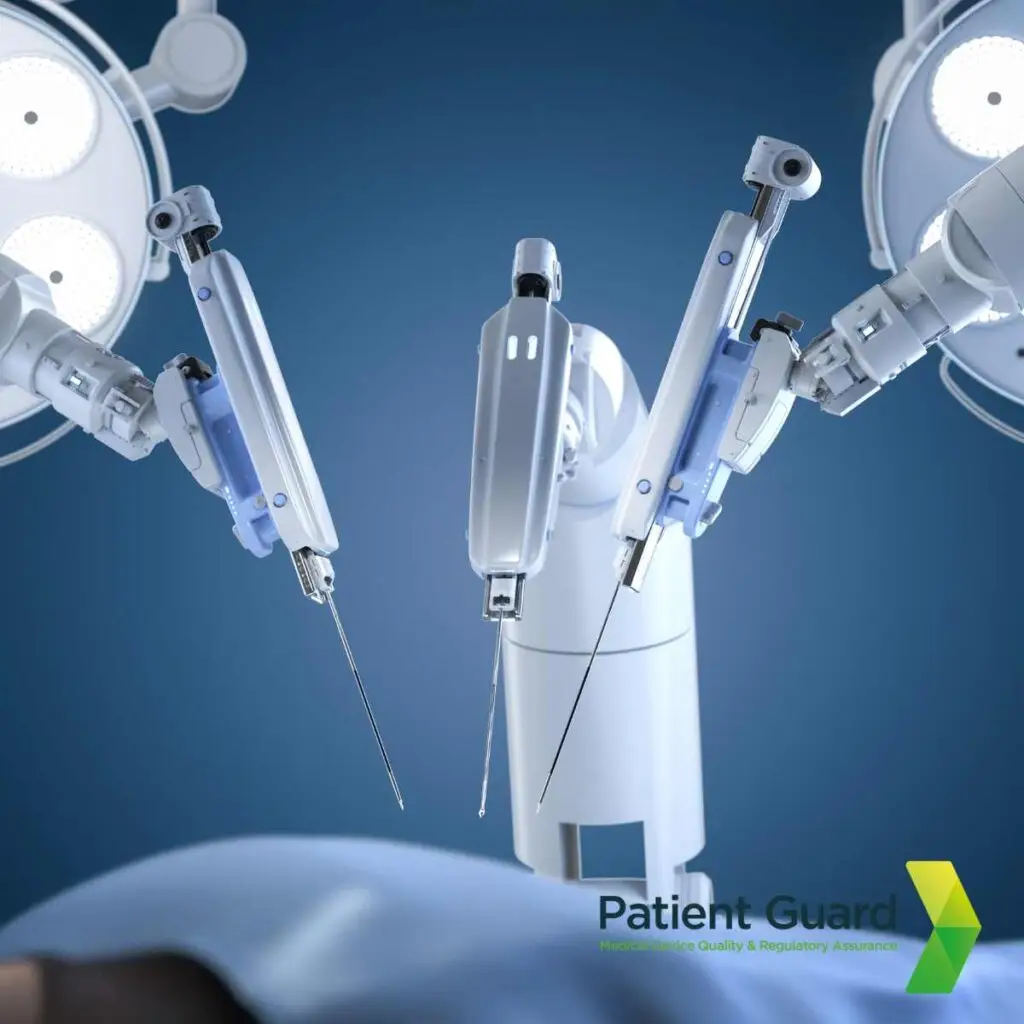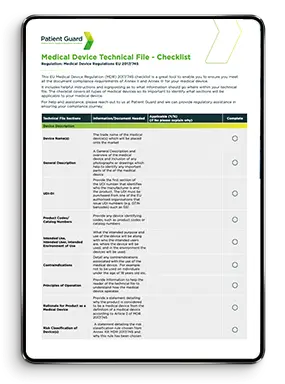Understanding Article 10 of EU IVDR 2017/746: General Obligations of Manufacturers
The In Vitro Diagnostic Regulation (EU IVDR) 2017/746 has brought about a significant transformation in the regulatory framework for IVD devices across Europe. One of the most crucial components of this regulation is Article 10, which outlines the general obligations of manufacturers.
As IVD manufacturers work to meet new compliance expectations, understanding the structure and impact of Article 10 is essential—not only for regulatory approval but also for maintaining ongoing access to the EU market.
Understanding Article 10 of EU IVDR 2017/746: General Obligations of Manufacturers Read More »
